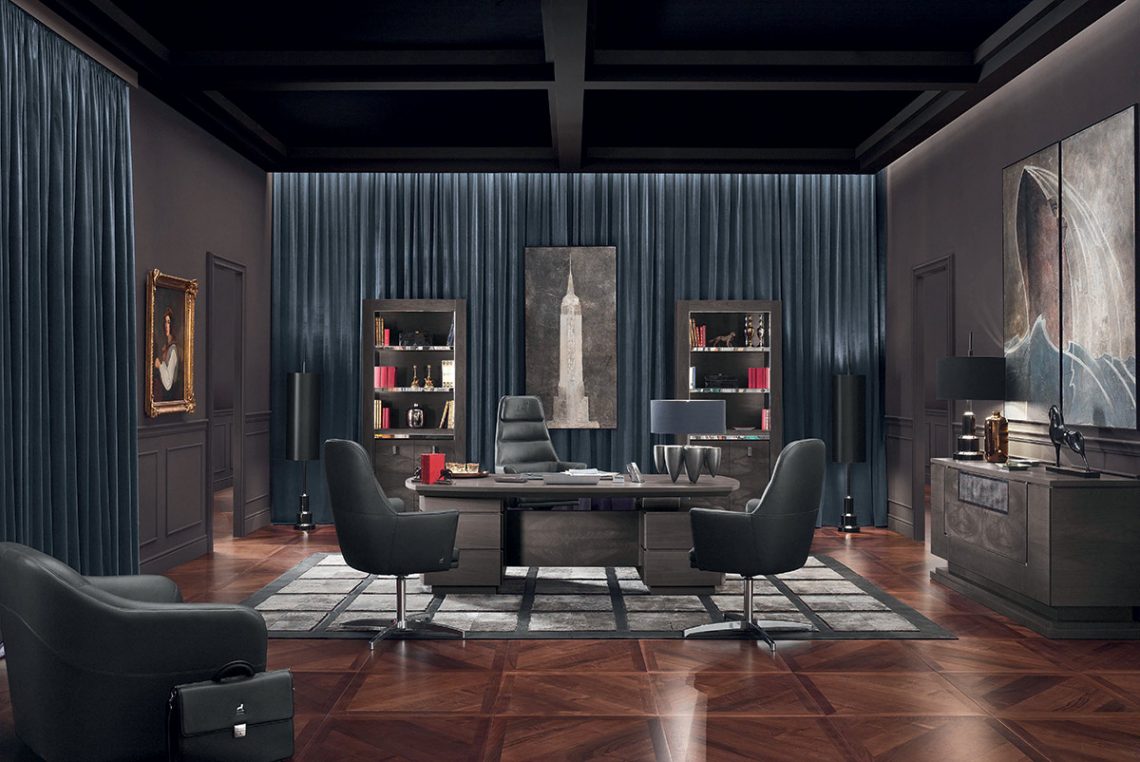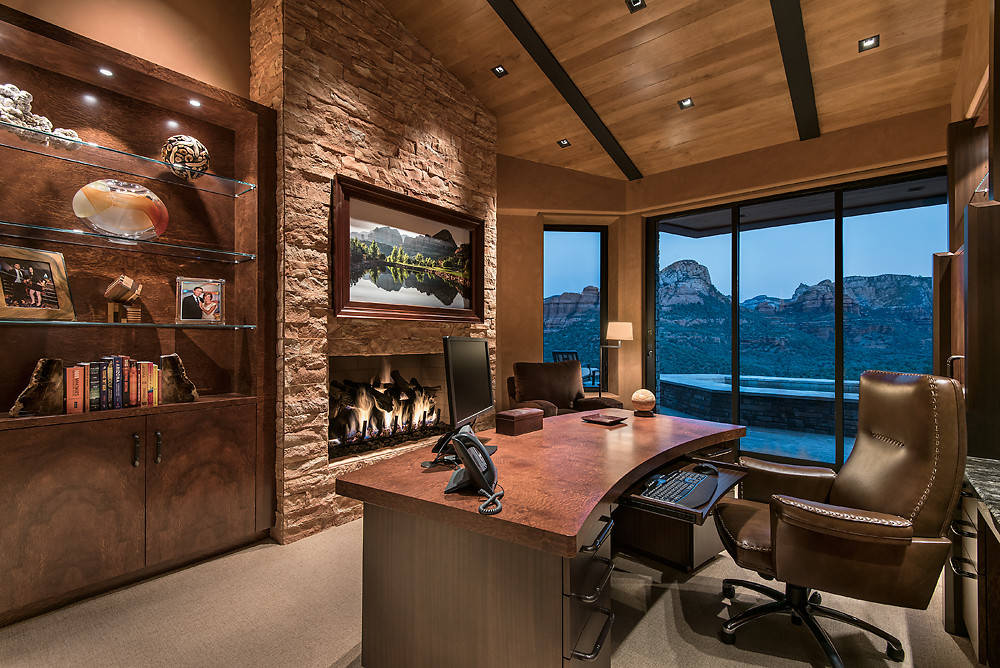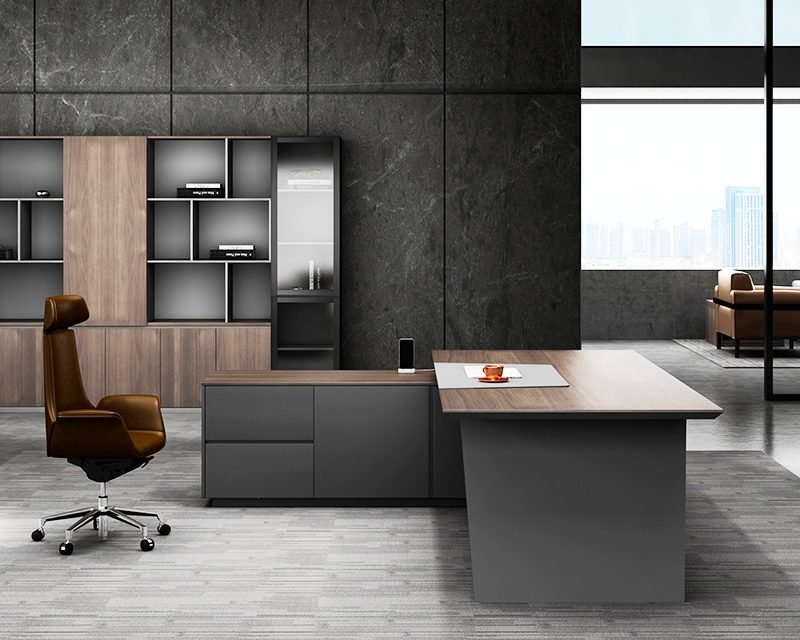When it comes to creating a workspace, the decor you choose can speak volumes about your personality, leadership style, and professionalism. A well-decorated executive office not only enhances the aesthetic appeal but also fosters productivity and motivation. In this comprehensive guide, I’ll share my personal experiences and a wealth of ideas on how to decorate your executive office to make a lasting impression. Let’s dive into the world of executive office decor!
Understanding the Importance of Office Decor
Office decor is not merely about aesthetics; it’s about creating an environment that reflects your brand and values. Studies have shown that a well-designed office can significantly impact overall productivity and employee morale. Here are a few reasons why investing in executive office decor is crucial:
- First Impressions Matter: Clients and employees form opinions based on their first impressions of your workspace.
- Boosts Productivity: A conducive environment can enhance focus and efficiency.
- Showcases Professionalism: High-quality decor can elevate your brand’s reputation.

Key Elements of Executive Office Decor
Before diving into the decor ideas, it’s essential to consider the key elements that will define your executive office space:

1. Color Palette
Colors set the tone for your office environment. Here are some popular choices:
- Blue: Conveys trust and professionalism.
- Green: Represents growth and balance.
- Gray: Offers a modern and sleek look.
- Warm Neutrals: Create a welcoming and cozy atmosphere.
2. Furniture Selection
Your choice of furniture plays a significant role in both comfort and style:
- Ergonomic Chairs: Prioritize health and comfort.
- Desks: Consider size and functionality; standing desks are increasingly popular.

3. Lighting
Lighting can influence mood and productivity. Aim for a combination of natural and artificial lighting:
- Desk Lamps: Adjustable lamps provide focused light for tasks.
- Floor Lamps: Warm ambient lighting can soften the workspace.
Executive Office Decor Ideas

1. Minimalist Approach
Adopting a minimalist decor style can create a calm and organized workspace. Here are some tips:
- Use a limited color palette with whites, blacks, and grays.
- Opt for sleek, modern furniture with clean lines.
- Incorporate functional decor like wall-mounted shelves to minimize clutter.

2. Nature-Inspired Decor
Bringing the outdoors inside can enhance creativity and reduce stress:
- Add indoor plants like succulents or snake plants.
- Use natural materials like wood and stone for furniture and decor.
Pros and Cons of Nature-Inspired Decor
| Pros | Cons |
|---|---|
| Enhances air quality | Requires maintenance |
| Boosts mood | Can attract pests |

3. Executive Artwork
Artwork can add sophistication and a personal touch to your office:
- Choose pieces that resonate with your brand values.
- Consider large canvas prints or framed photographs.
4. Tech-Integrated Decor
Incorporating technology into your decor can improve efficiency:
- Use a smart speaker for hands-free assistance.
- Incorporate wireless charging stations into your furniture design.

Creating a Functional Workspace
1. Zones in Your Office
Defining different zones in your office can enhance functionality:
- Work Zone: Your main desk area should be organized and focused.
- Meeting Zone: A comfortable seating area for discussions.
- Relaxation Zone: A small nook with a chair and coffee table for breaks.
2. Storage Solutions
Maintaining organization is key. Incorporate various storage solutions:
- Bookshelves for books and decorative items.
- File cabinets that blend with your decor.
Comparative Overview of Office Decor Styles
| Deco Style | Pros | Cons |
|---|---|---|
| Minimalist | Clean, organized, low maintenance | Might feel cold or uninviting |
| Nature-Inspired | Boosts creativity and mood | Requires care and attention |
| Luxury | Exudes professionalism | Can be costly |
Incorporating Personal Touches
Don’t forget to showcase your personality and achievements. Here are ways to make your office uniquely yours:
- Add personal photographs or awards on your desk.
- Incorporate mementos from travels or significant experiences.
FAQs about Executive Office Decor
What are some affordable executive office decor ideas?
Affordable ideas include DIY wall art, thrifted furniture, and house plants. These elements can add character without breaking the bank!
How can I make my office more comfortable?
Invest in ergonomic furniture, adjust lighting, and add soft furnishings like rugs and cushions to enhance comfort.
What should I avoid when decorating an executive office?
Avoid overly personal decor that might not appeal to clients, as well as clutter that can distract from productivity.
How can colors affect the mood in my office?
Colors can evoke various emotions. For example, blue promotes focus, while yellow can stimulate creativity.
Final Thoughts on Executive Office Decor
Decorating your executive office is a crucial step in creating a productive and inviting workspace. By considering elements like color, furniture, and personal touches, you can design an office that not only reflects your professional identity but also fosters a positive working environment. Remember, your office is a direct representation of you—make it count!